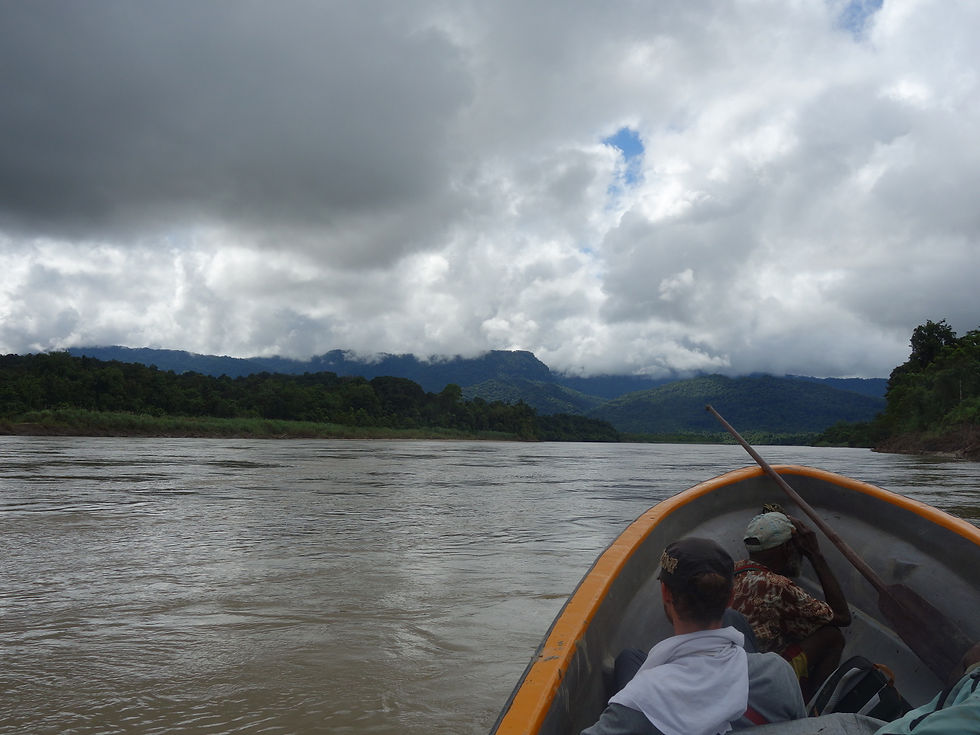Archaeological Fieldwork in Papua New Guinea Southern Lowlands: From Excavation to Online Data Viz
- monikakarmin
- Aug 4
- 2 min read
Papuan Past Project
With the aim to better understand human movements between New Guinea Lowlands and Highlands, members of the Papuan Past Project, partnering with the OCSEAN project, travelled up the Purari river in June 2024 to excavate the Eripe 1 rock shelter, near Uraru village (Kikori district, Gulf province). Two researchers in the team, from the University of Toulouse and French National Centre for Scientific Research (CNRS), were supported by the OCSEAN programme, namely geneticist François-Xavier Ricaut and archaeologist Sébastien Plutniak.



The Eripe cave
The Eripe cave complex was first identified and evaluated in 1977 by Brian Egloff and Ombone Kaiku from the Papua New Guinea National Museum and Art Gallery. It is a large karstic system with three main entrances, referred to by locals as the “men”, “women”, and “couples” cave respectively. Underground access to the “women” and “couples” caves was impossible due to the very steep and slippery paths, leading the team to start excavating the “men” cave entrance, next to Egloff & Kaiku's former investigations.

A bush camp infrastructure was built before the arrival of the team, and subsequently improved over the next few days, after heavy rains flooded the camp several times. A toilet was built 20 meters from the camp, as well as a kitchen space with two fire places and shelves to store bags, food, and equipment. The Po creek was used for washing.


Data publication and visualisation
The archaeological assemblage includes mainly lithic and faunal remains, some beads, and charcoal samples. First spatial analyses of piece-plotted remains were performed using the archeoViz application, generating an online model of observed objects and demonstrating the possibility of fast data sharing. The data set is published under short embargo period. In addition, a selection of samples was made for further analysis (C14 dating, sedimentology, etc.). Results of the excavation, lithic objects in particular, are studied by University of Papua New Guinea student Avis Babalu for her ongoing master thesis.








Comments